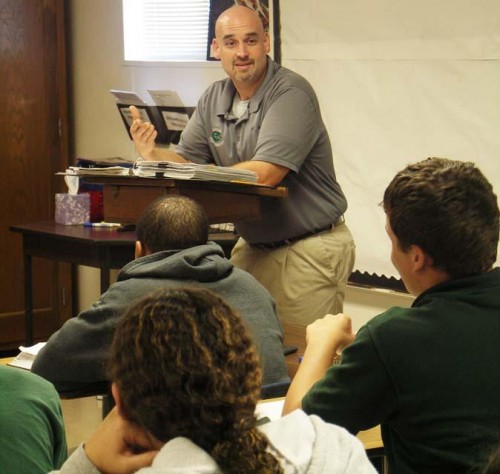
Tri-parishes exceed state test scores
June 2, 2011"Rythms on the River" (Morgan City)
June 6, 2011The scene is replayed over and over, a Tri-parish resident walks into a Lafourche Parish tourist attraction and exclaims, “I’ve lived here all of my life and I can’t believe I have never seen this before.”
With the price of gasoline inching back up, now is the perfect time to look closer to home and see what you might not have seen before.
“There are so many reasons why people should be tourists in Lafourche Parish,” said Peggy Benoit administrative assistant with the Lafourche Parish Tourist Commission. “In addition to our wonderful attractions we have some of the best food in the entire area.”
Benoit highlights the unique bakeries that dot the highway leading from Thibodaux to Grand Isle. French bread, pecan pies, boudin, hogshead cheese and gratons are just a few of the homemade items available from Lafourche vendors.
Lafourche Parish is situated along the banks of Bayou Lafourche and is home to many traditional French-speaking residents. The parish gets its names from the Cajun French “La Fourche” meaning “fork,” used to describe how the bayou was once a descending fork of the Mississippi River.
Among the many attractions in Lafourche is a unique museum that simulates a 1910 cruise down Bayou Lafourche, the Bayou Lafourche Folk Life and Heritage Museum in Lockport.
“The bayou excursion takes visitors from Donaldsonville all the way south on the deck of the old paddle wheeler and you really get a sense of what life was like along Bayou Lafourche in 1910,” explained Marjorie Landry, who volunteers at the museum, which is only open on Tuesdays and Thursdays.
Another Lafourche cultural museum is located in Thibodaux, The Jean Lafitte National Park Wetlands Acadian Cultural Center. It tells the story of the Acadians who settled along the bayous and the wetland swamps of southeastern Louisiana, with extensive exhibits and artifacts. Their history, language, music and architecture are interpreted as well as everyday life among the Acadians of the region, then and now.
A spacious boardwalk affords an excellent view of the Bayou Lafourche.
History has been frozen in time just south of Thibodaux at Laurel Valley Plantation. The site features the largest surviving 19th and 20th century sugar plantation village in the United States. The sugar cane fields, the slaves’ quarters and general store featuring local arts and crafts still exist as a tribute to a way of life of the early settlers in Lafourche.
Thibodaux’s most famous citizen is immortalized at the Edward Douglas White Historic Site, located four miles north of Thibodaux on LA. Hwy. 1. It features exhibits about the life and accomplishments of both Gov. E.D. White I and U.S. Chief Justice E.D. White II. The exhibits are contained in an antebellum Creole cottage which sits on six acres of land dotted with massive old oak trees surrounded by sugar cane fields. The grounds are available for picnics and general recreation.
St. Joseph Co-Cathedral on Canal Boulevard in Thibodaux is another unique Lafourche attraction. The Renaissance Romanesque style of the church includes several features reflecting architectural design common to churches in Paris and Rome.
“The splendid Rose Window over the main entrance is modeled after that of the Cathedral of Notre Dame in Paris,” explains Benoit.
St. John’s Episcopal Church, located at 718 Jackson St. in Thibodaux, is one of the oldest Episcopal churches west of the Mississippi River. St. John’s is one of the few examples of Georgian church architecture left in America.
The Kraemer area, located on Highway 307 in Lafourche Parish, has several swamp tours that offer some of the most spectacular scenery of all the Louisiana swamps and bottom lands.
The swamp boat guides are experienced alligator hunters who have lived, worked and played in the swamps all their lives.





